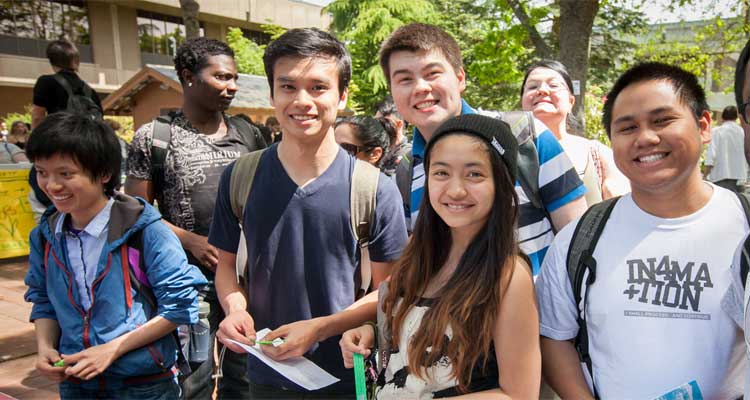Building Community Resilience
To build a resilient community, we must strengthen our community such that it can resist, absorb, accommodate, adapt to, transform and recover from the effects of hazards in a timely and efficient manner.
Our communities must prepare for both acute events – like heat waves, heavy downpours, storms, or wildfires - and chronic events - like rising sea levels, worsening air quality, and population migration.
Building Resilience in the PNW
Building community resilience is not just about resilient infrastructure, it is about individual and community health and wellbeing, social connections, and local systems to build an overall capacity for bouncing back from adversity.
Washington State Community Resilience Initiatives
Below is a sampling of Resilience Programs and Initiatives in Washington:
- Washington State's Department of Social and Health Services has partnered with George Washington University's Milikan Institute's Center for Community Resilience to grow community resilience and wellbeing through the establishment and strengthening of interconnected systems, authentic community engagement at the decision-making table and equity to to create permanent pathways out of poverty.
- Washington State's Department of Natural Resources has multiple resilience initiatives:
-
- Resilient Washington State: a framework for minimizing loss and improving statewide recovery after an earthquake.
- Watershed Resilience program: to support regional salmon recovery by supporting watershed health and resilience.
- Community Wildfire Resilience and Preparedness: to adapt, prepare, and recover from wildfire. through listening and advocating for community solutions.
-
Healthy Environment for All (HEAL) Community Capacity Grant: to reduce environmental and health disparities, equitably distribute environmental benefits, and improve the health of all people in Washington state.
Reslilience Initiatives in Snohomish County
Snohomish County is focused on building resilience through a variety of initiatives.
- The annual Building Community Resilience Series, focused on topics related deepening skills and resiliency, connecting with others, and helping our community flourish.
- The Snohomish River is the second-largest in Puget Sound and a critical watershed for salmon. The Snohomish Watershed Resilience Action Plan, developed in collaboration with the Washington Department of Natural Resources, is a 10-year plan to promote salmon recovery and watershed health throughout the Snohomish Basin.
- The Snohomish Conservation District has developed the Agriculture Resilience Plan to will help farmers in our county plan for future changes and risk.
- The county is currently developing a Communitywide Climate Resiliency Plan to help strengthen Snohomish County communities, businesses, ecosystems, and infrastructure to withstand a changing climate
-
- You can learn more about Snohomish County Climate Vulnerabilities here: Snohomish County Prepares for a Changing Climate

Figure: Snohomish County Climate Resiliency Plan Development Timeline, from the Snohomish County Communitywide Climate Resiliency Plan
What Can you Do?
Build Resilience at Home
Preparing yourself and your neighborhood for an emergency builds resilience at home! Some simple steps for building reliance include creating an emergency kit, developing a family communication plan, and practicing emergency procedures.
You can also sign-up for emergency alerts from the county via the Snohomish County Emergency Hub.
Get Involved in Resilience Planning
Snohomish County's climate resiliency plan is a community-driven effort that needs your input. Sign up on the Communitywide Climate Resiliency Plan page to receive email or text updates.
A Framework to help you get started building resilience in community or organization
Steps to Resilience Framework
When thinking about climate resilience, decision makers need a place to start. Below is a simple framework that encompasses the team building, data gathering, and decision-making processes needed for a team of engaged community members to enhance their resilience to climate-related impacts.
- form a group to explore local climate issues
- list their community assets—the things they want to protect
- determine which assets could be harmed by climate-related hazards
- investigate possible solutions
- make plans to address their greatest concerns, and
- take action to implement their plans
This Steps to Resilience Framework is provided by Climate.gov for any community organization to use.

